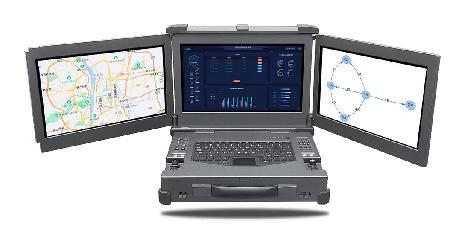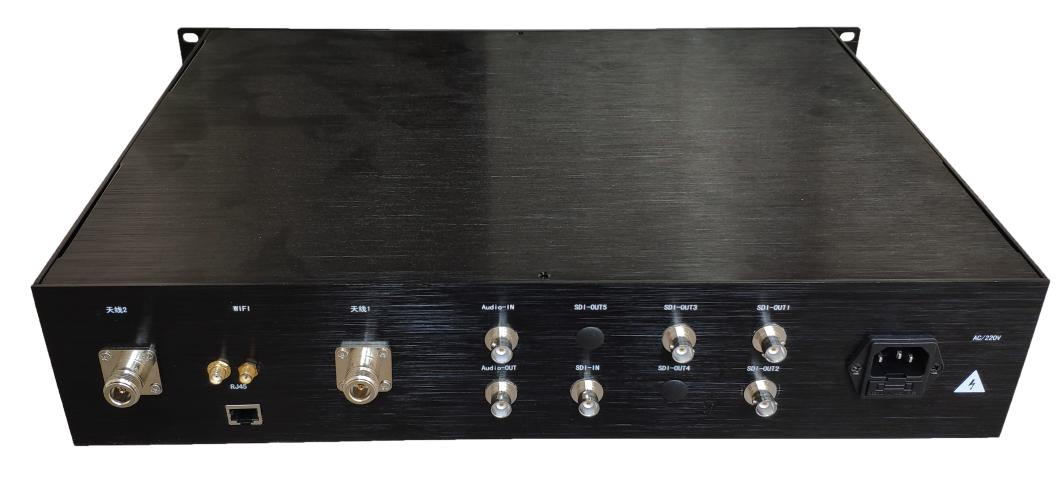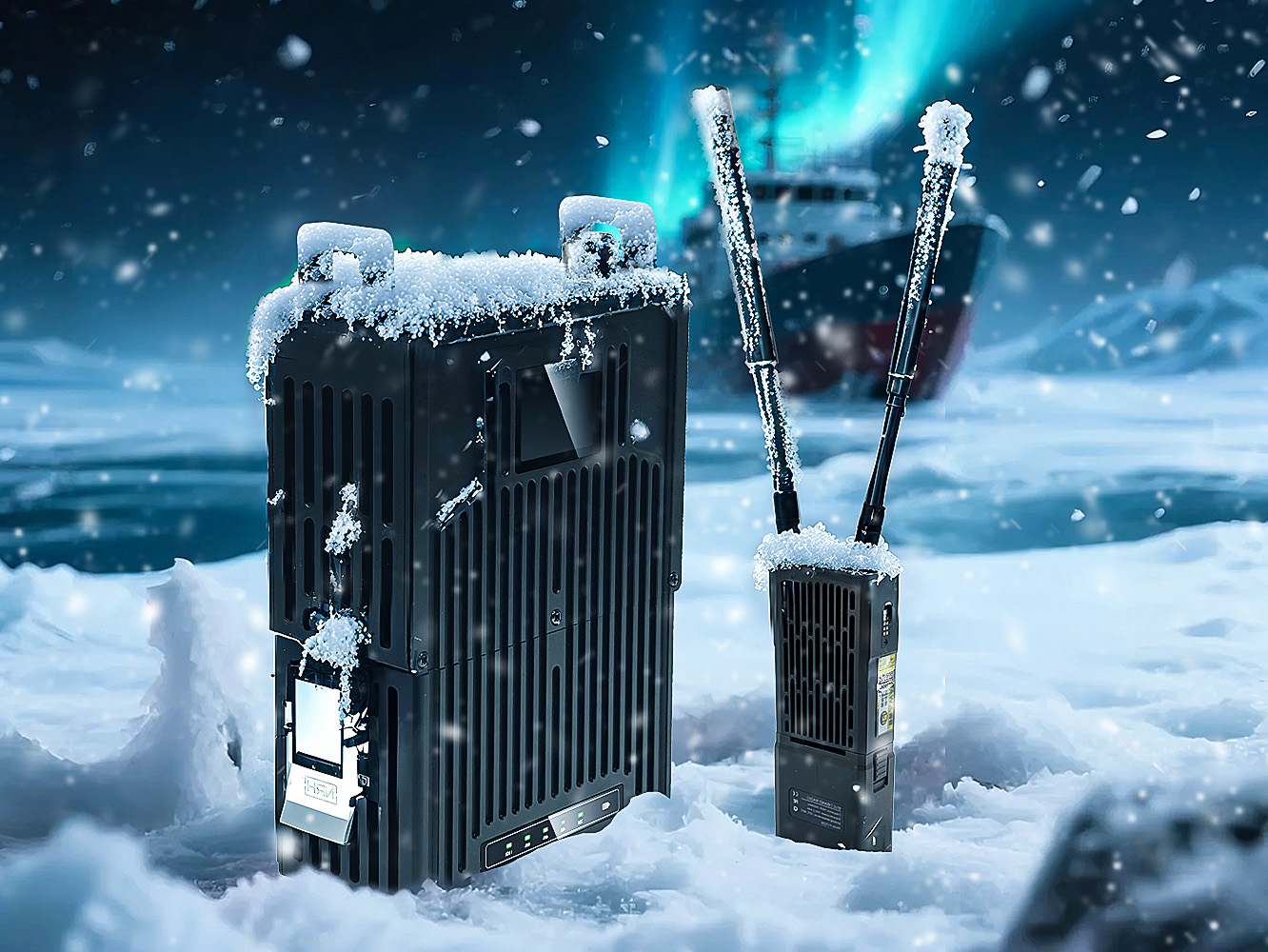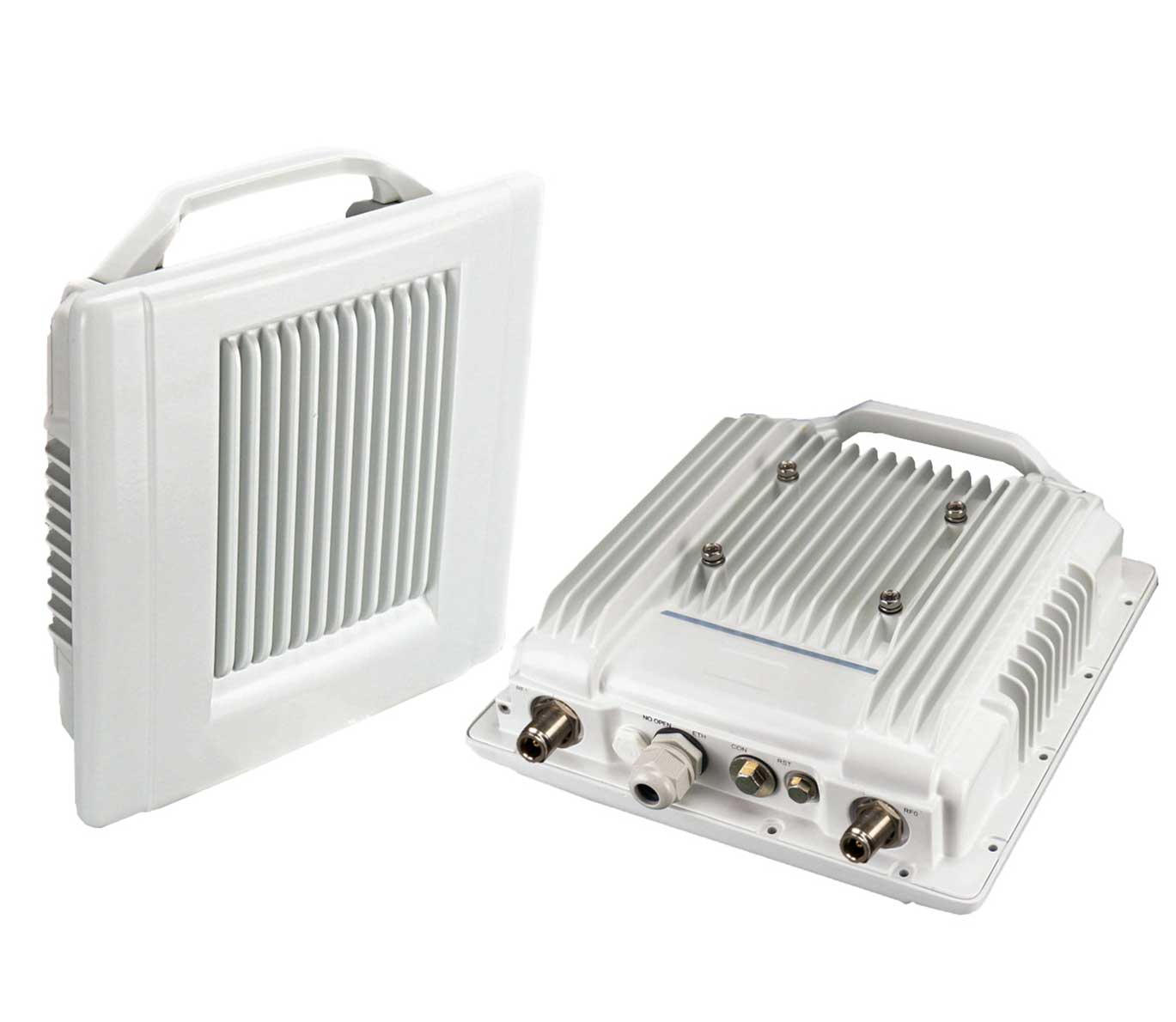MESH Self-Organizing Network Communication Systems: Principles and Future Prospects
In the age of the Internet of Things (IoT), intelligent industrial automation, and smart cities, reliable and adaptive wireless communication is no longer a luxury—it’s a necessity. MESH self-organizing Network communication systems, also known as MESH networks, are emerging as a cornerstone technology in this transformation. Their decentralized architecture, dynamic routing capabilities, and resilience make them ideal for a wide range of applications, from defense to disaster recovery, from mining operations to mobile robotics.
What Is a MESH Self-Organizing Network Communication System?
A MESH self-organizing Network communication system is a wireless network where each node can communicate with multiple neighboring nodes, creating a web-like structure. Unlike traditional topologies (such as star or point-to-point networks), a MESH network does not rely on a central hub. Instead, each node acts as both a transmitter and a repeater, forwarding data to other nodes until it reaches its destination.
This "self-organizing" capability enables the network to automatically adjust routes based on real-time conditions, such as node mobility, interference, or failure, making it highly flexible and fault-tolerant.
How It Works: Key Principles
Multi-Hop Communication
In a MESH network, data can be relayed through several intermediate nodes before reaching the target device. This extends the effective range of the network without the need for high-power base stations.
Self-Healing
If a node goes offline or a connection is blocked, the system automatically reroutes data through other paths. This redundancy ensures high reliability even in challenging environments.
Dynamic Topology
As nodes are added, moved, or removed, the network dynamically reconfigures itself. This is particularly useful in mobile or evolving settings like emergency sites, military convoys, or construction zones.
Distributed Control
There is no single point of failure. Each node can make local routing decisions, improving efficiency and scalability.
Advantages of MESH Communication Systems
Scalability: Easy to expand by simply adding more nodes.
Resilience: No central node means the system can withstand failures or attacks.
Cost-Effectiveness: Reduces the need for expensive infrastructure like cellular towers or long-range cables.
Mobility Support: Ideal for applications involving movement, such as drones, vehicles, or field personnel.
Coverage in Harsh Environments: Effective in tunnels, forests, mountains, or dense urban areas where traditional signals fail.
Key Applications of MESH Networks
1. Military and Tactical Communication
In battlefield environments where wired infrastructure is impossible, MESH networks enable secure, on-the-move communication between soldiers, vehicles, and command centers.
2. Disaster Response and Public Safety
During earthquakes, floods, or power outages, conventional communication networks often collapse. MESH networks can be rapidly deployed to restore communication among rescue teams and emergency units.
3. Industrial Automation and Mining
In underground mines or remote factories, MESH systems connect sensors, robotic equipment, and control rooms, providing real-time data transmission in locations where cables are impractical.
4. Smart Cities and Infrastructure
From intelligent traffic systems to streetlight control and environmental monitoring, MESH networks support real-time, distributed control across city-wide deployments.
5. Unmanned Systems and Robotics
Swarm drones, AGVs (Automated Guided Vehicles), and autonomous patrol robots can communicate with each other and the base station through MESH networks, enabling coordinated operations without fixed infrastructure.
Challenges and Future Prospects
Despite their advantages, MESH networks face some technical challenges:
Network Congestion: As the number of nodes increases, the risk of packet collision and delay also rises.
Security: Without centralized control, ensuring end-to-end encryption and secure access is complex.
Power Consumption: Nodes that act as repeaters consume more energy, requiring careful power management strategies.
However, advancements in software-defined networking (SDN), AI-based routing, and low-power communication protocols are actively addressing these challenges. In the near future, MESH systems are expected to integrate seamlessly with 5G/6G networks and satellite communication, forming hybrid communication models for global coverage.
Conclusion: MESH Networking—A Backbone for Future Connectivity
As connectivity demands grow across industries and public infrastructure, MESH self-organizing networks offer an agile, scalable, and resilient solution. Whether deployed in harsh field environments or in smart city frameworks, they empower users to build networks that adapt, heal, and evolve on their own.
MESH communication is not just a trend—it's a long-term strategic asset in building flexible and future-ready wireless ecosystems.
About TuQian Wireless
TuQian Wireless is a leading innovator in the field of industrial and tactical wireless communication. Specializing in MESH networking systems, video transmission devices, and mobile power solutions, TuQian provides robust and field-tested equipment for demanding applications.
Their portfolio includes:
Single-soldier MESH communication systems
Vehicle-mounted high-performance video MESH nodes
2.4G fiberglass omnidirectional antennas
100AH solar power communication units
TuQian Wireless solutions are widely adopted in public safety, military operations, energy infrastructure, and smart cities. With a commitment to innovation, reliability, and real-world adaptability, TuQian empowers customers to build seamless communication networks—anytime, anywhere.













